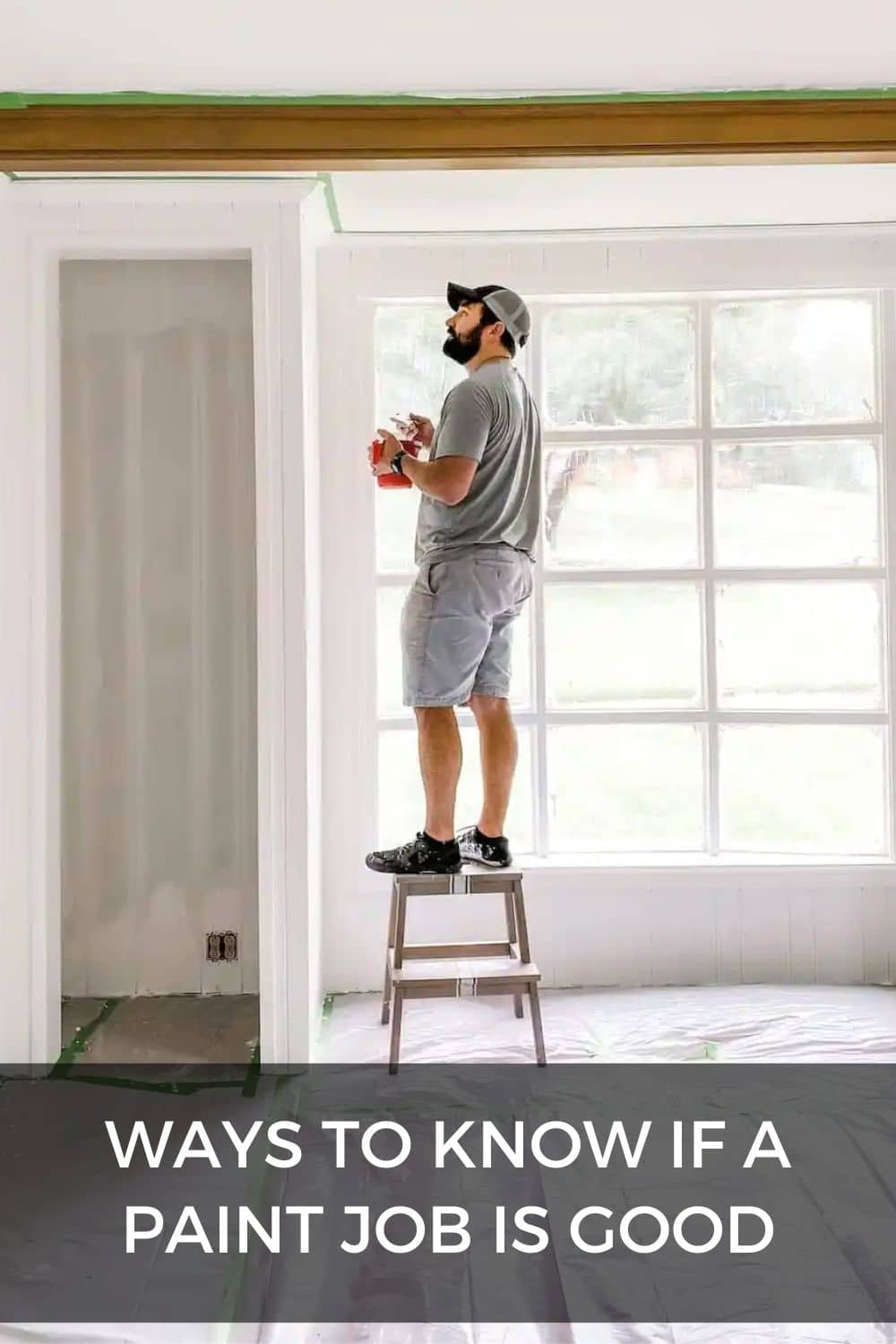Painting is a skillful job as opposed to what many people think today. This is why many do the work themselves instead of hiring a professional.
Coating your apartment walls with paint makes it very attractive. But if not done correctly, it could turn out bad compared to what it used to be. A painting task isn’t completed when you’re done filling up the walls with colors. There are some follow-ups needed to perfect the job. These are what will determine if it’ll be durable or not. A NACE inspector will give honest feedback about the job if you know less about the painting niche.
Here, we’ll discuss some practical ways to examine the quality of a painting job after it’s finalized.
1. Check for drop-offs
The application of paint should be even. If it appears not to be, this is probably due to drips or spills. You can run your hand through the walls to confirm this. Afterward, sand down and retouch the area before repainting.
2. Inspect the color
One reason you should do this is to ensure that it’s the right color you chose that was applied. In some cases of color mixture, a freshly painted wall might take a few minutes to reflect actual tints. You must check the eventual turnout to be sure the color scheme was properly followed.
3. Look for gaps between switch plates and outlet covers
Common to new buildings, there could be a likelihood of spacing between drywall or an opening cover. If discovered, instruct the painter to fill it up.
4. Check for borders and corner out spreads
A top-quality job should distinctly different colors cleanly and sharply. For walls requiring different coats, a painting from one shouldn’t be found on the other. Peculiar to ceiling and floor edges, blue paint (for example) must be trimmed precisely to avoid spreading over to a white ceiling.
5. Verify caulked openings
Dampness is one of the common culprits that destroy paintings. Caulking prevents moisture from sifting through the walls. Also, applying it to door and window frames protects your house from pests and other environmental conditions capable of causing damage.
6. Ensure brush marks and spots aren’t visible
The first painting attempt might reflect the brush patterns if you’re using a roller brush. If it does, apply a second layer of paint to hide it. Likewise, there might be some prior patches and spots on the wall. Double the coat to cloak these areas.
7. Inspect door and window frames
Places needing more focus, like the door and window edges, are often revisited by painters. However, they might forget to do this. It’s crucial to confirm they’re painted and nicely done.
8. See that all paint drops on the floor are wiped off
Even with a floor cover, paints still fall off to the ground. This is the last thing to do before considering a painting job as completed. You must remove coats from the floor almost immediately. If not, you’ll have a difficult time cleaning up your house.
Unlike doing the painting job itself, inspecting the outcome is easier. However, if you think you aren’t up to the task, you can as well hire an expert.





Leave a Reply